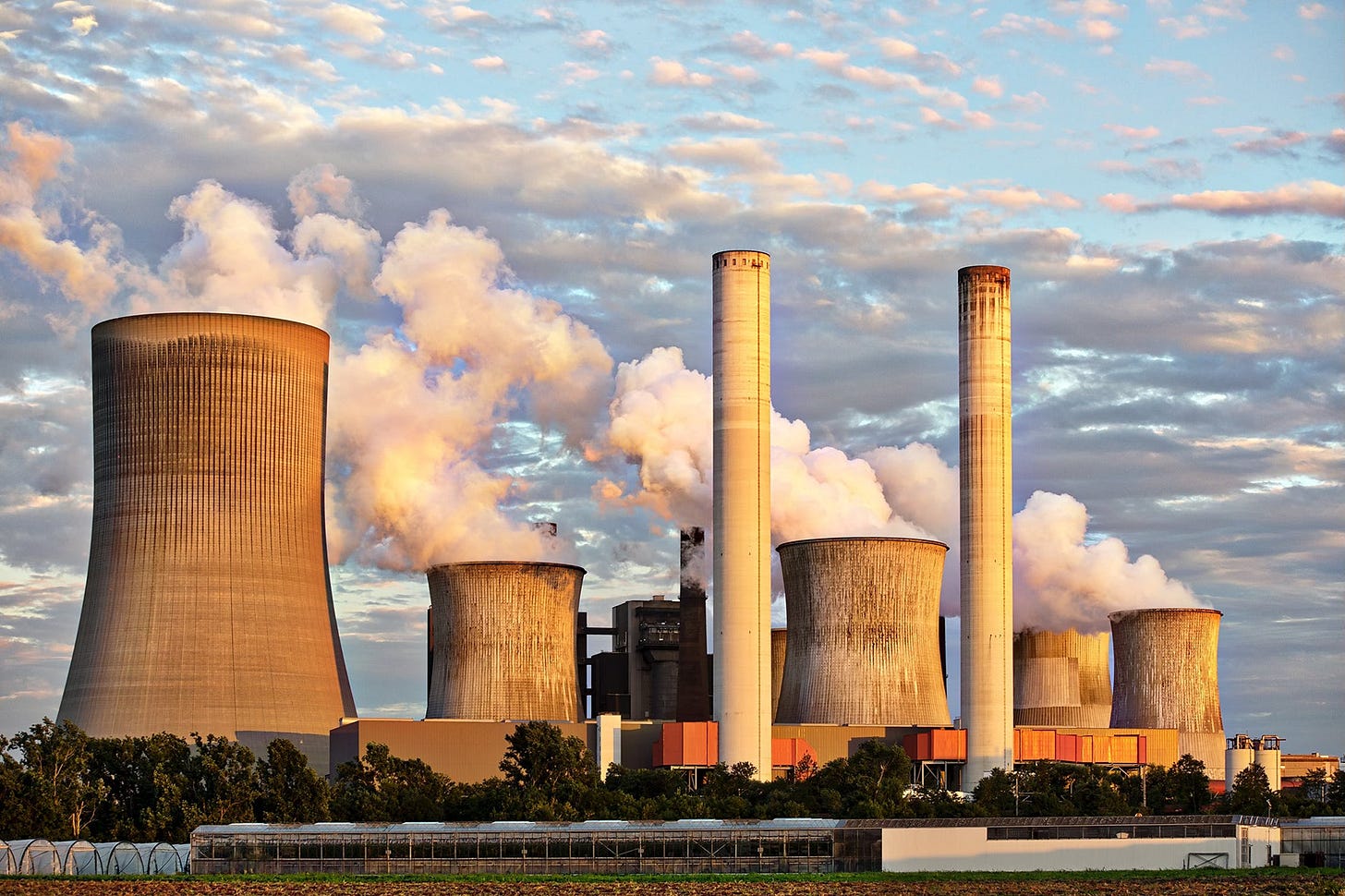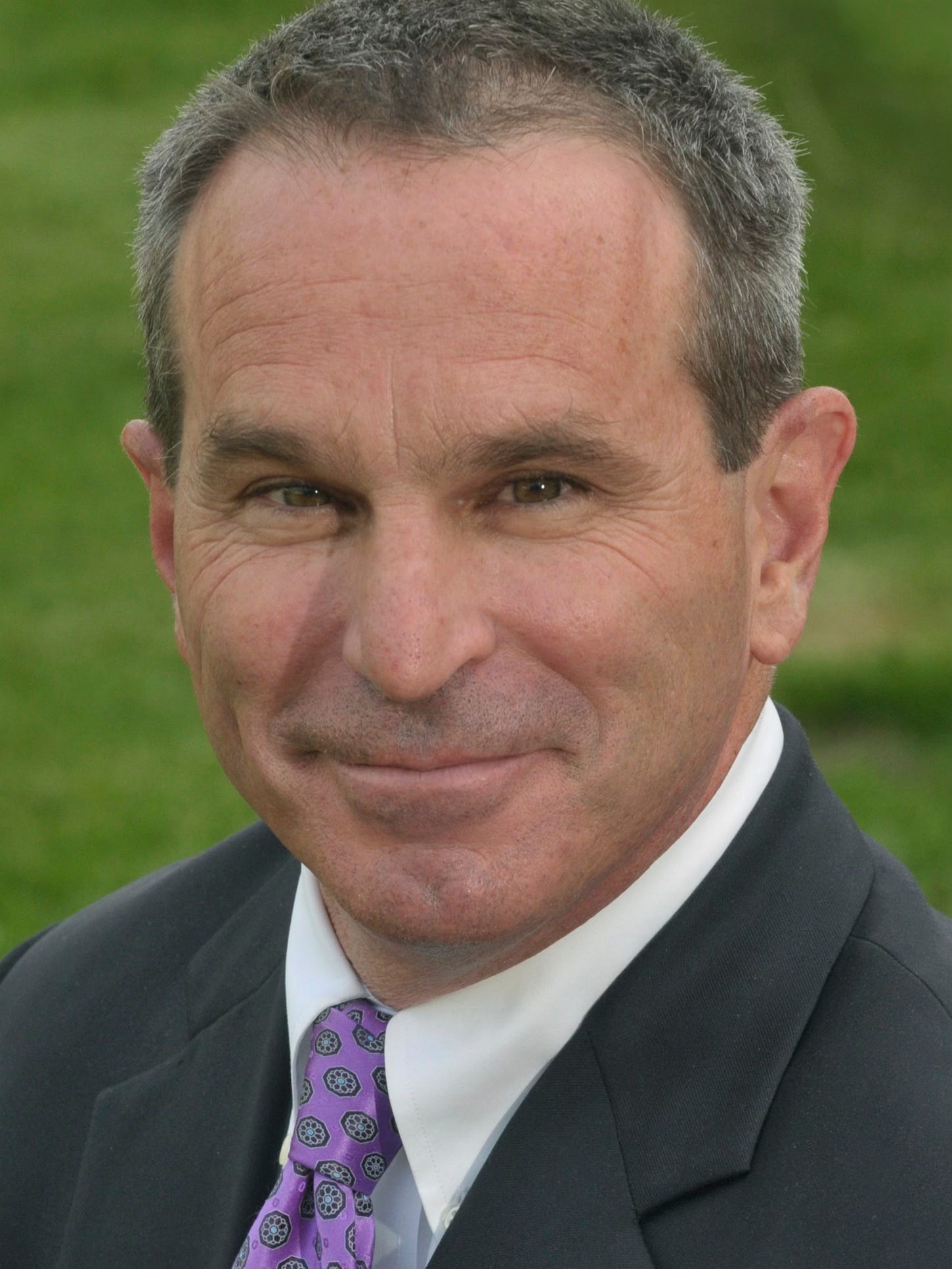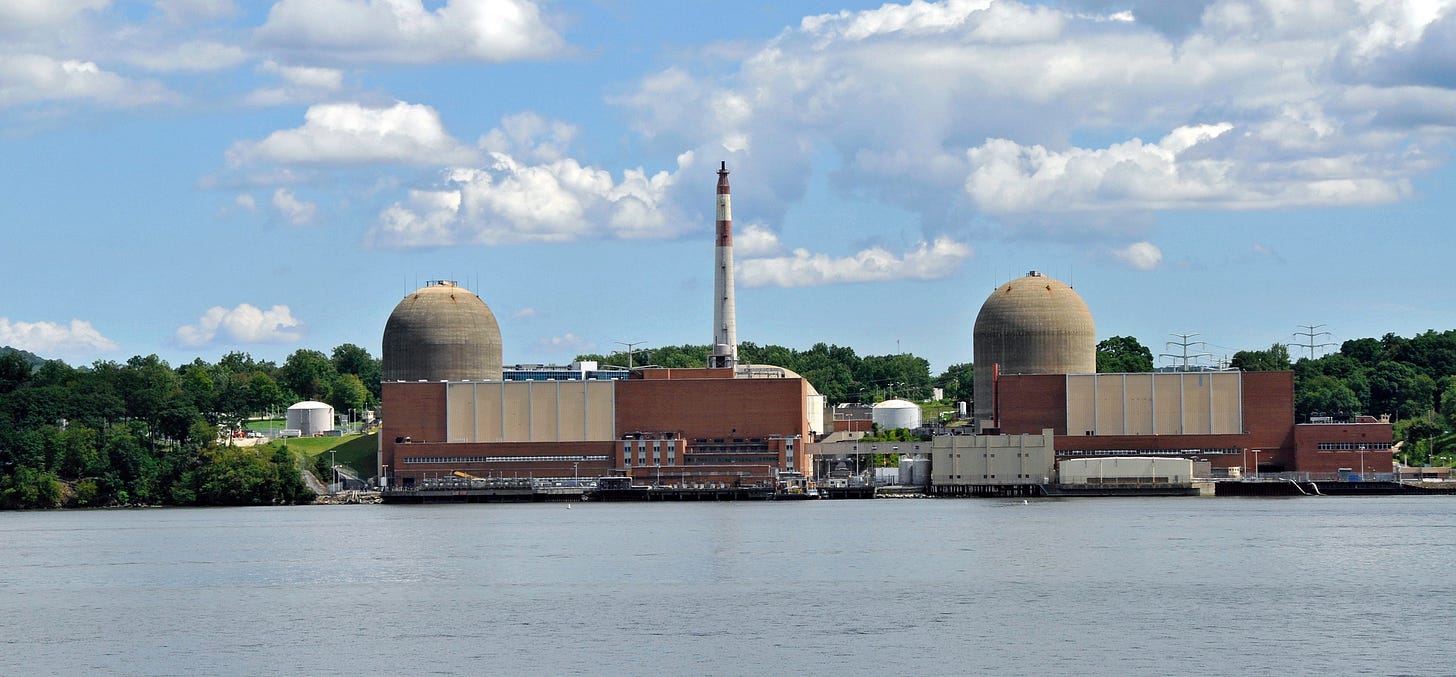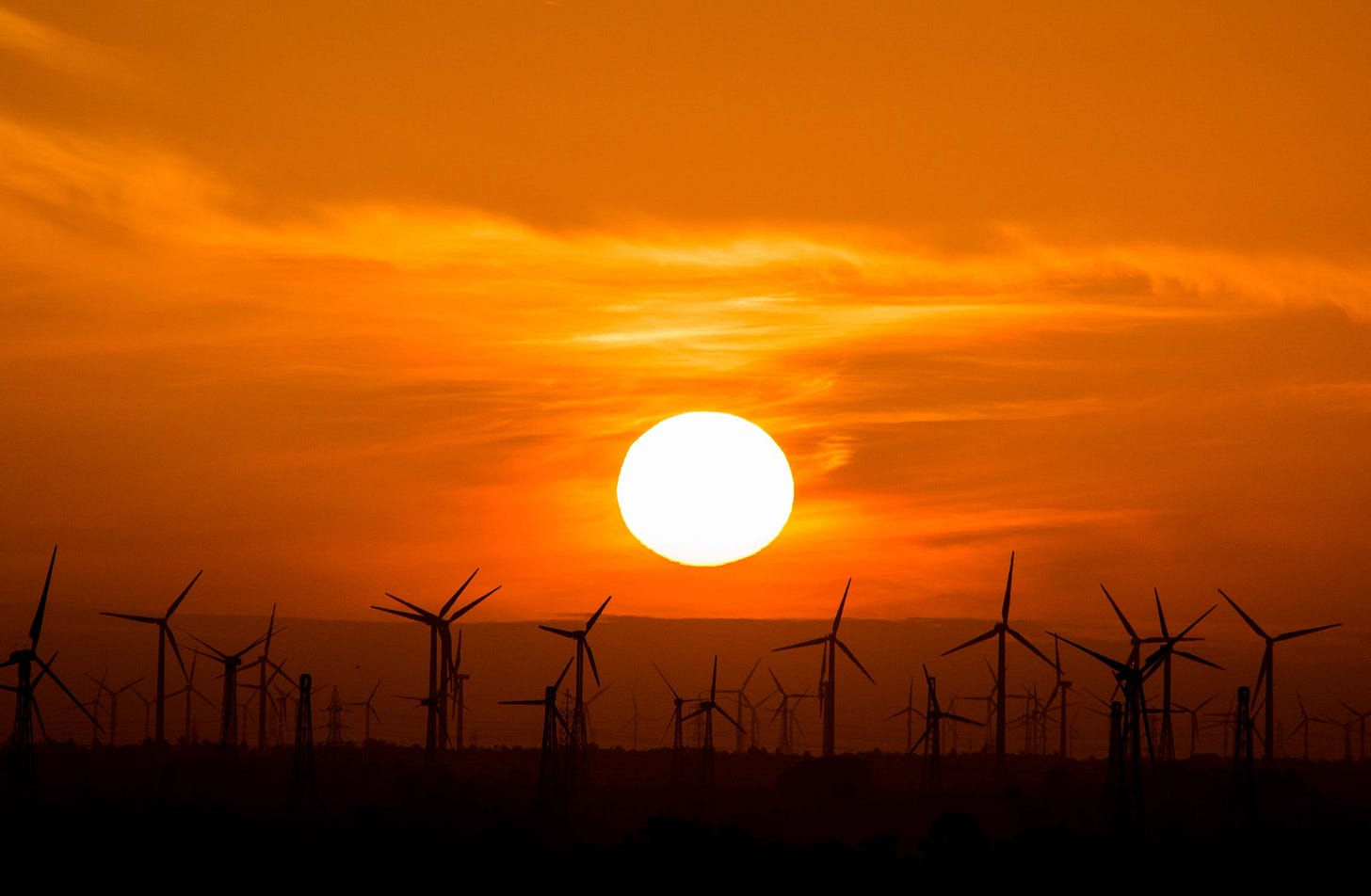Is Nuclear Power the Path to Low-Carbon Energy?
Path to Zero Podcast interview with author Robert Bryce
“If we’re serious about climate and cleaner energy, then we have to be serious about natural gas to nuclear,” says author Robert Bryce. “These are the paths that make the most sense.”
Bryce appeared on the Path to Zero podcast with Tucker Perkins. He’s been writing about energy, power, innovation, and politics for more than 30 years. His articles appear in several publications including Time, Forbes, Wall Street Journal, and New York Times. Robert’s sixth book, A Question of Power: Electricity and the Wealth of Nations, tells the human story of electricity and explains why some countries have successfully electrified while so many others remain stuck in the dark. He is also the producer of a feature-length documentary film: Juice: How Electricity Explains the World.
Listen to the Path to Zero podcast episode featuring Robert Bryce
You can also read Bryce’s insights on the energy world here on Substack.
Indian Point Nuclear Power Plant
Tucker and Robert talk extensively about the closure of the Indian Point Nuclear Power Plant in New York. Bryce describes the plant’s closure a “strategic blunder” and those responsible are ignoring the lessons of both the California and Texas blackouts. He says nuclear reactors are the most resilient and robust form of electricity generation and the closure will make New York more vulnerable to fragilization of the electric grid. Bryce says preserving existing nuclear plants is, by far, cheaper than every other form of climate mitigation.
Renewables
Bryce also discusses the overreliance on renewables and how every form of energy generation has an impact on the environment. He writes extensively on the misconceptions surrounding wind and solar energy, their negative impact on poor, rural and minority communities
Bryce says the growing reality and the binding constraint on the spread of renewables are the land use conflicts. The problem, according to Bryce, is that the vast majority of renewable energy infrastructure is going up in rural areas that aren’t benefitting from it.
He points to the aggressive decarbonization policies in California where electricity prices have grown 6 to 7 times faster than the rest of the United States. Bryce says when you add more wind and solar into a grid, you have to account for the added cost of transmission lines and backup generation. The more people who install rooftop solar, there’s not going to be as many people buying watt hours from the grid. The cost gets spread over fewer watt hours that are paid for, which means electric rates go up for people who can’t afford solar.
Resources:
Robert Bryce Wikipedia article
Amazon- A Question of Power: Electricity and the Wealth of Nations by Robert Bryce
NY Post- After the Texas Blackouts, Follow the Wind and Solar Money







